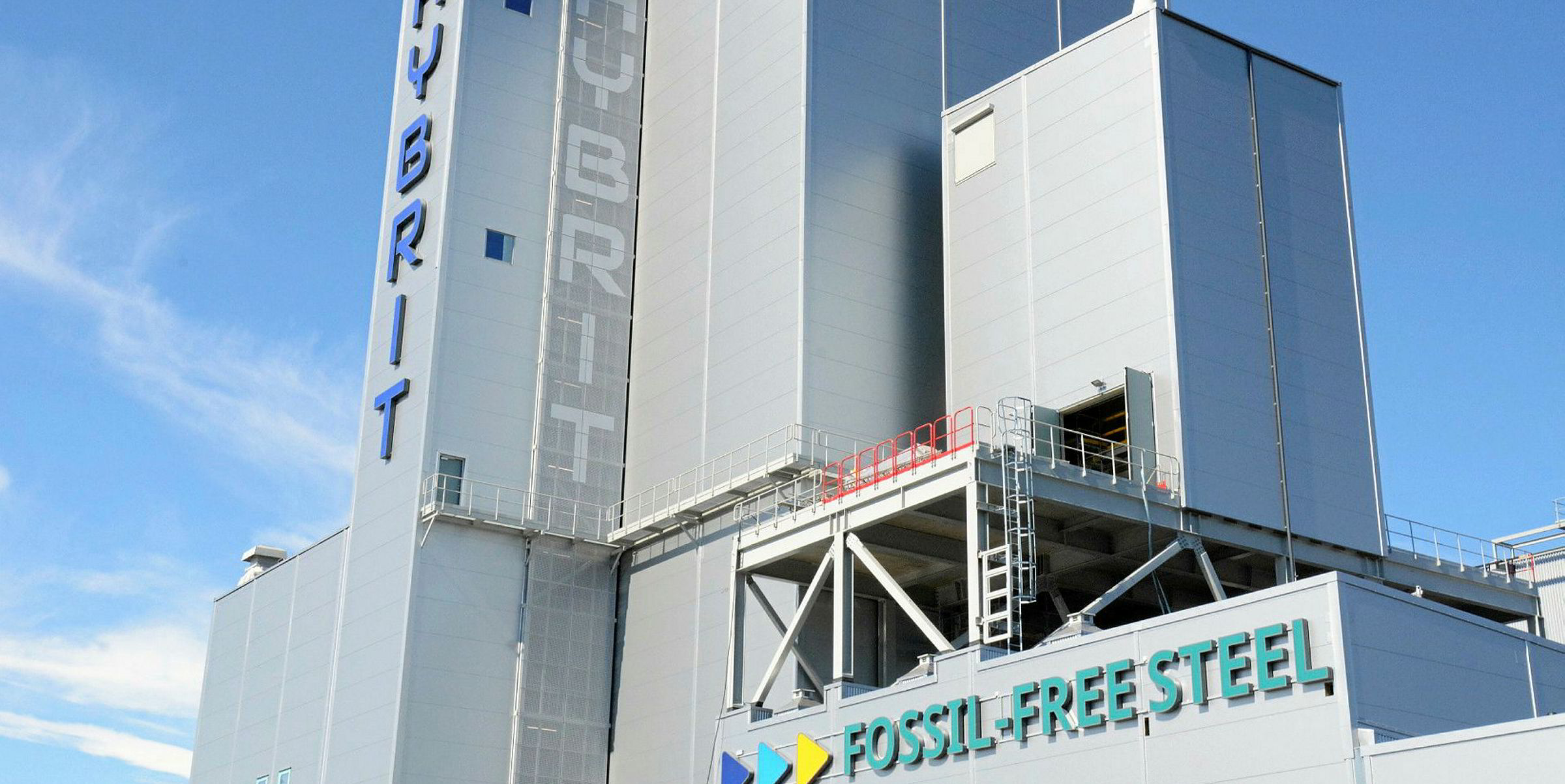Steel rolling out of Germany’s Salzgitter manufacturing facilities promises to soon be near CO2-free following the commissioning of a €50m ($60m) wind-powered hydrogen project with compatriots E.ON-owned Avacon and Linde.
Get the market insight you need into the global oil & gas industry's energy transition – from the new newsletter from Upstream and Recharge. Sign up here
The trio called the Salzgitter-WindH2 sector coupling project, which see green hydrogen generated on site at the Salzgitter steelworks using electricity from wind energy in a national-first, “an important and unprecedented step” towards decarbonising the steel industry.
Hydrogen will “gradually replace” carbon previously used in iron ore smelting in the three blast furnaces in operation at Salzgitter, with expectations that “such a transformation of steel production could reduce CO2 emissions by around 95% by 2050”.
The power for the hydrogen production will come from a small 30MW wind farm Avacon developed on the Salzgitter steelworks site that is hooked up to a pair of Siemens 1.25MW PEM electrolysis units producing some 450m3 of “high purity” gas per hour.
“We are technologically capable of achieving significant CO2 reductions using hydrogen,” said Heinz Jörg Fuhrmann, chairman of the executive board of Salzgitter, adding that the project is “a significant building block on the way to climate-friendly steel production”.
E.On CEO Johannes Teyssen stated: “Green gases have what it takes to become the ‘staple’ of the energy transition and make a significant contribution to decarbonising industry mobility and heat.
“The jointly implemented project symbolises a milestone on the way to virtually CO2-free steel production and shows that intelligent sector coupling can replace fossil fuels.
Marten Bunnemann, CEO of Avacon, noted that “the entry into the hydrogen economy is emerging in regional stand-alone solutions, such as in Salzgitter, which are increasingly being combined to form an overall system”.
Hydrogen is currently used in steel production for annealing processes and in the hot-dip galvanising lines, with industrial gas producer such as Linde supplies gas by truck.



